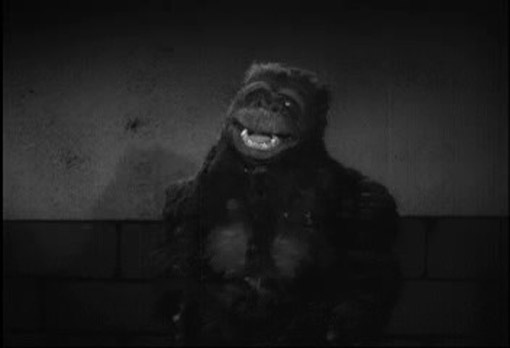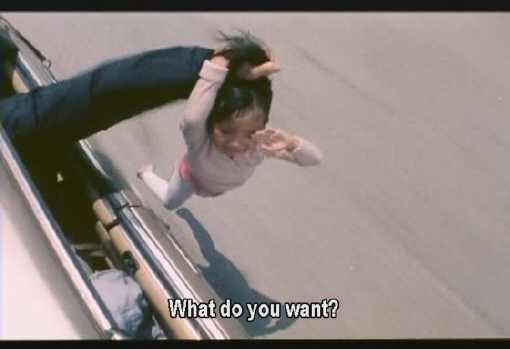Youth of the Beast
aka 野獣の青春 aka Yaju no Seishun aka Wild Youth

1963![]()
Written by Ichiro Ikeda and Tadaki Yamazaki
Based on the novel by Haruhiko Oyabu
Directed by Seijun Suzuki

A random stranger coming to town to pit two rival groups against each other is a classic story done well in a variety of genres, and with Youth of the Beast we get the story set in the swinging 1960s yakuza beat, with director Seijun Suzuki determined to make the visuals by themselves a grand spectacle. Joe Shishido and his cheeks take their usual place as a Suzuki lead, as Shishido’s Joji Mizuno waltzes in to lead the sides to their collective dooms.
so what makes Youth of the Beast worth watching like similar tales Yojimbo, Red Harvest, Django, A Fistful of Dollars, or even The Warrior and the Sorceress? Aside from the story being well told again, there is the great Seijun Suzuki visuals. Suzuki starts showing off his boredom with the nonstop yakuza films by tossing in a bunch of visual flair. He must have had fun, because his films only seemed to escalate from here. Youth of the Beast opens with a bleak black and white scene of solemn police investigating a double suicide, a cop and a woman, the only point of color (and life) being a red flower. This sharply contrasts with the vibrant color and exciting city life full of laughing girls, violent fights at the drop of a hat, and a jazzy soundtrack that immediately follows, as Joji Mizuno beats through some Nomoto yakuza thugs to rob their money and blow it at their club.

The energetic club is full of life, sin, and sound, while the Nomoto yakuza bosses who control it observe though soundproof one way mirrors, giving the mirth a surreal quality. Mizuno’s ease of dispatching the thugs gains the interest of the boss, and after a bit of interrogation and some display of weapons skills, he’s on their team. Then just as quickly, Mizuno is ratting everything out to the boss of the rival Sanko gang. As he’s out for revenge against the groups that ruined his life, breaking them apart piece by piece becomes a fun game.

The Sanko gang hideout has a movie screen constantly showing random scenes from modern Japanese films as a sort of subliminal backdrop. Youth of the Beast post-dates Yojimbo but predatesA Fistful of Dollars, the screens can be seen as a form of transformation of this story, as it morphs in movie form from ancient Japan to Old West America, taking the then-modern Japan detour and getting infused with Western film conventions from Nikkatsu borderless action.
In addition to the visuals, there are some more fun points. One of the goons is often lovey-dovey with a cat, but easily brandishes lots of knives and no hesitation to use them. The Nomoto boss has so many mistresses the more influential one is trying to knock off the others. Call girls are organized by a sadistic gay stereotype. Lives are short and the violence is excessive and destructive.
Like all good tales, there are twists and turns and obstacles in the way. Jo Mizuno may be a slick and smart fighter, but he’s going up against two powerful organizations, one of which is determined to find the dirt on him (the other thinks they can just win him to their ways by having common enemies). The Sanko gang birthed Nomoto but now is being forced out by him. One Sanko gang member immediately takes a shine to Mizuno, but we seem him repeat the act on a rival gang member’s moll, who uses that to work against him and his men. The final reveal is worth keeping quiet, though fans of the genre will see it stand out like a beacon in the dark.
Youth of the Beast is a great rough draft of the masterpieces Suzuki would soon unleash, enough that it holds its own as a masterstroke. While we can mourn the career cut short due to Nikkatsu firing Suzuki, we are blessed with the large body of work that he did manage to bring to the world.

Rated 8/10 (logo, director cameo, fan dance, statue perving, flame blasting, candy phone, model mayhem, flare fire)
Please give feedback below!
























